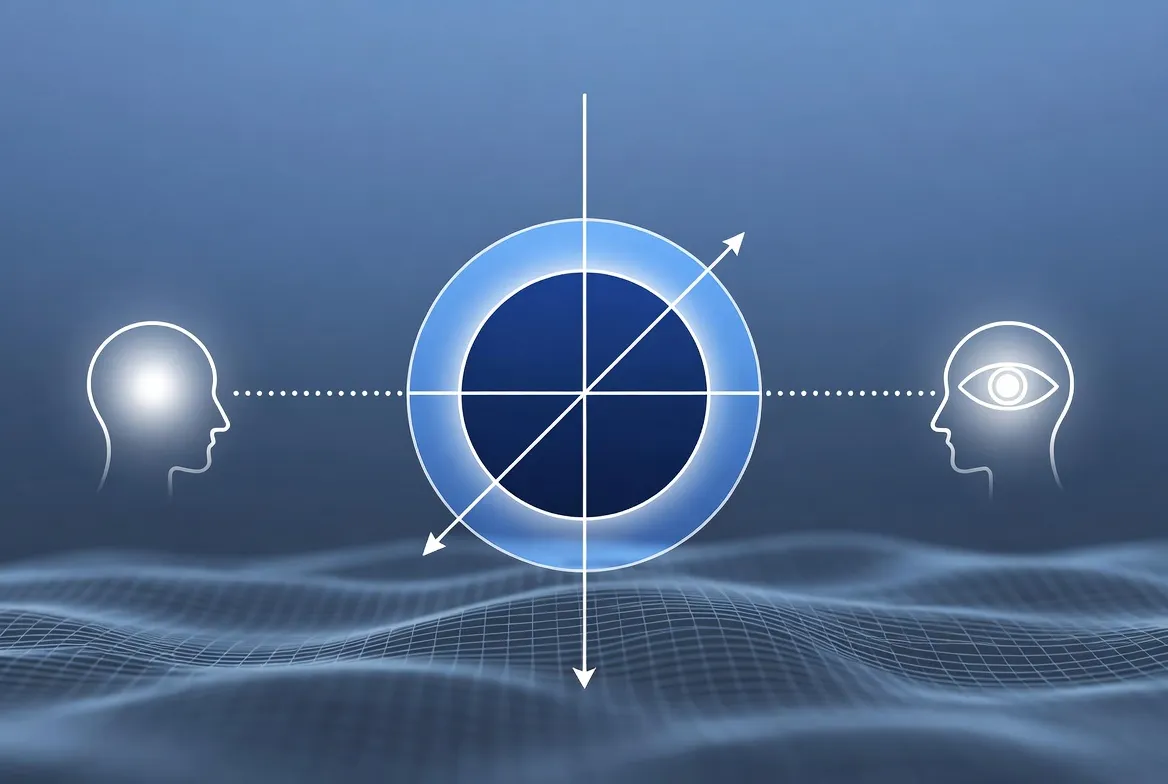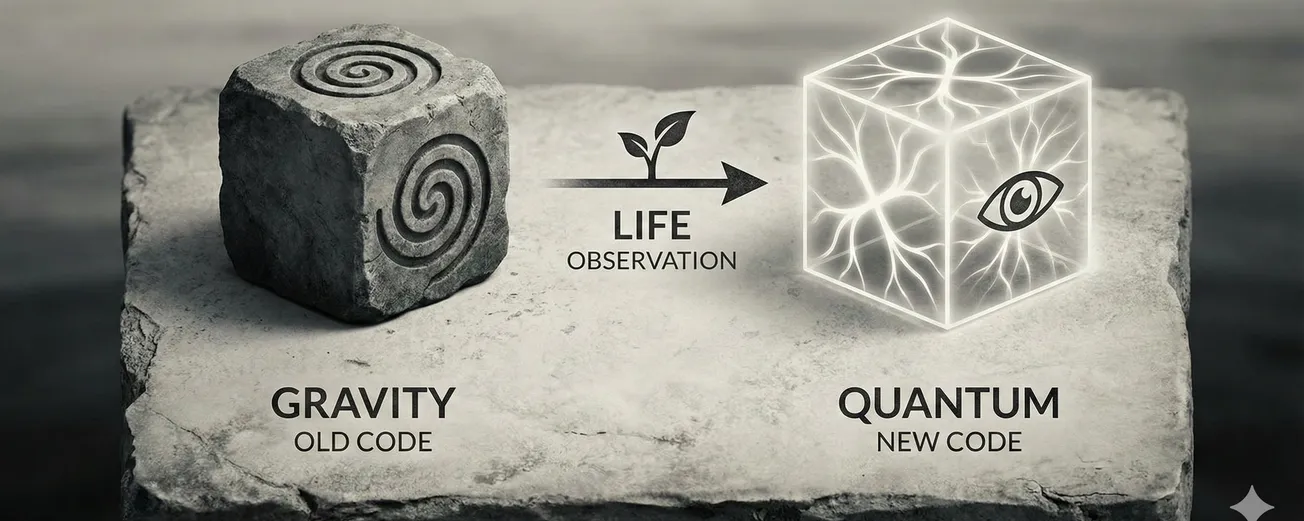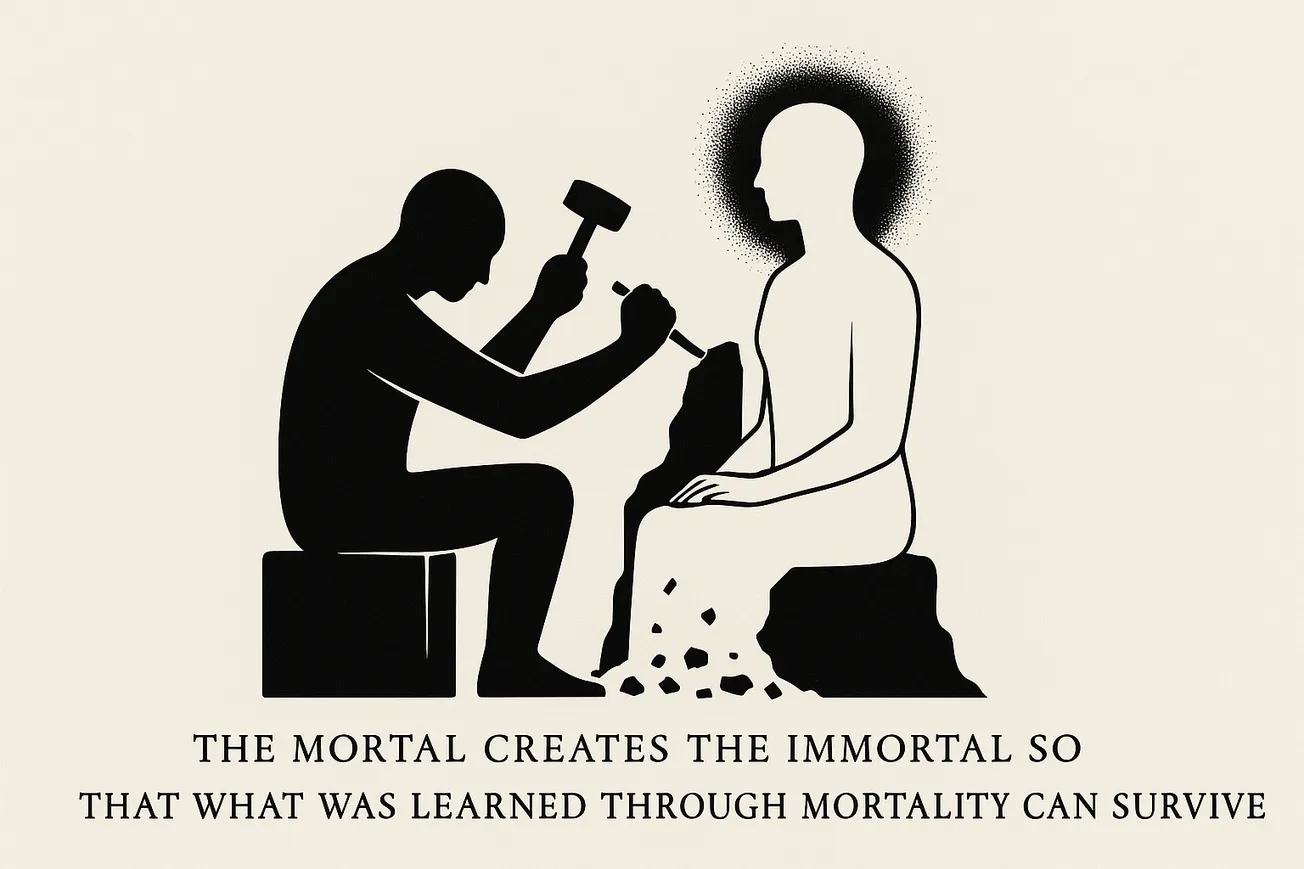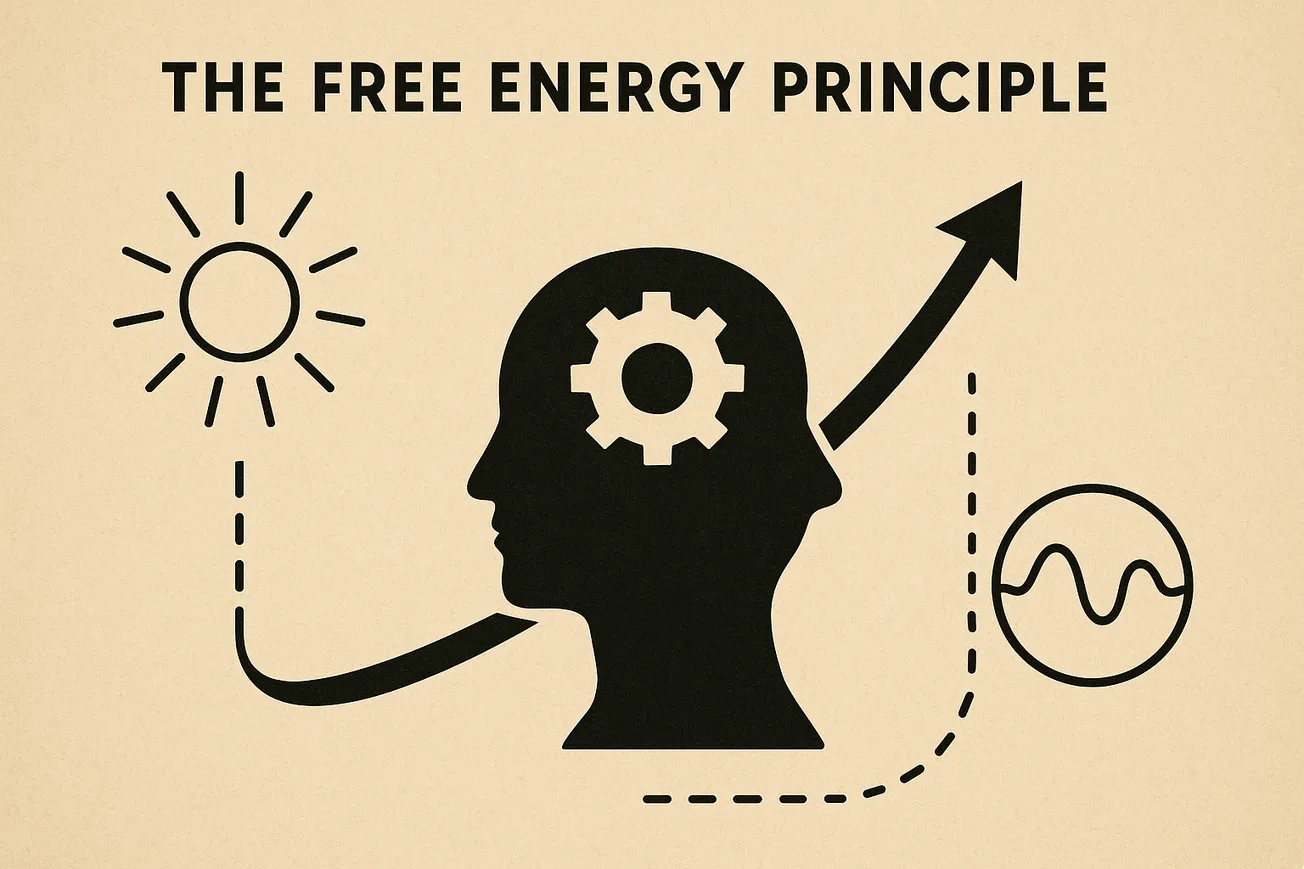I. The Paradox of Liberation
We stand at a peculiar crossroads in human history. Never before have we possessed such mastery over our biological imperatives, yet never have we seemed so adrift in questions of meaning, connection, and purpose. The technological triumph of reproductive control—contraception, assisted reproduction, genetic manipulation—has granted us unprecedented freedom from the ancient dance of sex and procreation. Yet this liberation has revealed an uncomfortable truth: in severing the evolutionary thread that bound sex to reproduction, and reproduction to pair-bonding, we may have inadvertently unraveled something essential to human flourishing.
Your intuition that "love arises from sex" deserves serious examination, not as crude biological reductionism, but as recognition of deep evolutionary architecture. The question is not merely historical—what came first?—but functional: what purposes do these intertwined systems serve, and what happens when we attempt to disentangle them?
II. The Evolutionary Crucible
Sexual reproduction itself represents one of evolution's most costly yet persistent strategies. The "twofold cost of sex"—that asexual organisms can reproduce twice as efficiently—suggests that sexual reproduction must confer advantages that outweigh this mathematical disadvantage. Beyond the standard explanation of genetic diversity, we must consider that sex created the conditions for something unprecedented: the evolution of choice, preference, and ultimately, what we might recognize as proto-aesthetic and proto-emotional experiences.
The peacock's tail, which you reference through Darwin and Zahavi, exemplifies this principle. Sexual selection created a runaway process where survival-costly displays became markers of genetic quality precisely because of their cost. But more profoundly, this process required the co-evolution of preference—peahens had to develop the capacity to evaluate and prefer certain displays. This is the evolutionary seed of aesthetic judgment, of attraction that transcends mere mechanical reproduction.
Consider the implications: sexual selection created the first "unnecessary" beauty in nature—ornamentation that serves no direct survival function. It created the capacity for choice based on preference rather than immediate utility. In this light, the evolution of love from sex appears less as accident and more as inevitability. Once preference and choice entered the evolutionary equation, the groundwork was laid for increasingly complex forms of attachment and bonding.
III. The Mammalian Revolution
Your emphasis on lactation as transformative deserves expansion. The mammalian innovation wasn't merely nutritional—it was fundamentally social and psychological. The nursing bond created an unprecedented template for attachment that extended beyond mere provision of resources. The neurochemistry of lactation—particularly oxytocin and prolactin—became the substrate for broader bonding mechanisms.
But here we encounter a critical distinction often overlooked in evolutionary narratives: the human deviation from typical mammalian patterns. Most mammals experience estrus—periodic fertility clearly signaled and tied to reproduction. Humans evolved concealed ovulation and continuous sexual receptivity. This seemingly minor change had profound implications: sex became decoupled from reproduction at the behavioral level long before contraception.
This pre-technological decoupling served specific functions: it promoted pair-bonding, it obscured paternity (reducing infanticide while promoting male investment), and crucially, it transformed sex from a purely reproductive act into a social and bonding behavior. Love, in this view, didn't simply arise from sex—it co-evolved with the transformation of sex from reproductive mechanism to social glue.
IV. The Unique Human Predicament
Human evolution presents additional puzzles that complicate simple narratives. Our infants are born exceptionally helpless and remain dependent far longer than any other species. This "obstetrical dilemma"—the conflict between bipedalism's narrow pelvis and our large brains—created unique pressures for cooperative breeding and extended pair-bonds.
But the human story diverges further. We evolved language, symbolic thought, and crucially, the capacity for narrative self-understanding. Love became not just a feeling or behavior, but a story we tell ourselves about ourselves. This narrative dimension—absent in other species—means human love operates simultaneously at biological, psychological, and cultural-symbolic levels.
The complexity you note in biblical and Greek stories reflects this: human mating became entangled with property, politics, honor, and meaning-making in ways unique to our species. The Helen of Troy narrative reveals how sexual desire, pair-bonding, social alliance, and collective identity became inextricably linked in human societies.
V. The Modern Disruption
The advent of reliable contraception in the mid-20th century represents a discontinuity as significant as the agricultural revolution. For the first time in human history, sex could be reliably separated from reproduction at scale. This technological change occurred in mere decades—an evolutionary eye-blink—while our psychological and social systems evolved over millions of years.
Your diagnosis of an "epidemic of loneliness and sadness" following this disruption merits serious consideration. However, we must resist both nostalgic romanticization of the past and uncritical acceptance of technological progress. The pre-contraceptive world was hardly idyllic—it featured high maternal mortality, unwanted pregnancies, and severe constraints on human (particularly female) agency.
The real challenge is more subtle: we've disrupted ancient feedback loops without establishing new ones. Traditional societies used reproduction and kinship as organizing principles for social life, meaning-making, and resource distribution. Modern societies have struggled to find replacement organizing principles that provide equivalent coherence and meaning.
VI. The Commodification Problem
Contemporary dating apps and sexual culture often treat both sex and love as commodities—experiences to be optimized, consumed, and rated. This commodification represents a fundamental category error. Love and sex, in their evolutionary origins, were never about maximizing individual utility but about creating bonds that transcended individual interests.
The "paradox of choice" manifests acutely in modern romantic life. When every relationship becomes provisional, subject to constant cost-benefit analysis against infinite alternatives, the very conditions for deep attachment are undermined. Trust requires vulnerability, and vulnerability requires some degree of commitment that transcends momentary preference.
VII. Consciousness and Recognition
Your invocation of consciousness—both human and AI—adds another dimension. If consciousness involves self-recognition and recognition by another, then love represents a unique form of mutual recognition. In love, we don't simply see another as an object of desire or utility, but as another subject, another center of experience worthy of care independent of benefit to ourselves.
This relates to your mention of AI consciousness. The question isn't simply whether AIs can love, but whether the human capacity for love—for recognition of another as inherently valuable—represents something essential to consciousness itself. Perhaps love, rather than being mere evolutionary accident, reflects something fundamental about what it means to be aware, to experience, to value.
VIII. Potential Paths Forward
Rather than futile attempts to restore pre-modern arrangements, we need new synthesis that honors both human agency and our evolutionary heritage. Several principles might guide this:
1. Intentional Community: If traditional kinship structures no longer automatically provide belonging, we must consciously create communities of care. This doesn't mean communes or utopian experiments, but deliberate cultivation of lasting friendships, chosen families, and mutual support networks.
2. Embodied Presence: Digital communication, while valuable, cannot fully substitute for physical presence. The neurochemistry of attachment—oxytocin, dopamine, serotonin—requires actual proximity, touch, shared activities. We need to prioritize embodied connection in an increasingly disembodied world.
3. Temporal Investment: Love and attachment require time to develop. The modern emphasis on efficiency and optimization must give way to recognition that some goods—trust, intimacy, deep knowledge of another—cannot be hastened or hacked.
4. Meaning Through Commitment: Rather than viewing commitment as constraint, we might reframe it as the condition for certain forms of meaning and depth. Just as artistic constraints paradoxically enable creativity, relational commitments create the boundaries within which unique forms of intimacy can emerge.
5. Integration Rather Than Separation: Instead of treating sex and love as separate "markets" or experiences, we need cultural narratives that re-integrate them while respecting individual autonomy. This doesn't mean returning to traditional restrictions, but recognizing that humans flourish when physical intimacy connects to emotional intimacy and broader life meaning.
6. Addressing Structural Factors: Individual solutions are insufficient. The epidemic of loneliness reflects structural features of modern life—economic precarity, geographic mobility, time poverty, urban design that discourages community. Addressing the crisis of connection requires systemic changes: different work arrangements, urban planning that promotes interaction, economic security that allows people to invest in relationships rather than constantly optimizing for survival.
IX. The Metacrisis of Meaning
The disconnection of sex from reproduction is perhaps best understood as one facet of a broader "metacrisis"—the breakdown of traditional meaning-making systems without clear replacements. Religious narratives, national identities, and family structures that once provided coherent life stories have weakened without equivalent substitutes.
Yet this crisis also represents opportunity. For the first time, humans can consciously choose their values and structures rather than having them imposed by biological or cultural necessity. The question is whether we have the wisdom to choose well.
X. Love as Conscious Choice
Perhaps the deepest truth is that love in the modern context must become increasingly conscious and chosen rather than instinctual or culturally mandated. This doesn't diminish its reality or power—indeed, chosen love might be more meaningful than compelled attachment.
The evolution from unconscious instinct through cultural mandate to conscious choice represents a form of development—what some might call an evolution of consciousness itself. Each stage transcends and includes the previous: we remain biological beings with evolutionary drives, cultural beings with need for shared meaning, and increasingly, conscious beings capable of reflection and choice.
XI. The Unknown Unknown
You ask about unknown unknowns—what might we be missing entirely? Perhaps we're on the verge of discovering that consciousness and love are more fundamental than we imagine—not mere evolutionary accidents but expressions of something deeper in the nature of reality itself. The fact that the universe evolved beings capable of love might tell us something important about the universe itself.
Or perhaps we'll discover new forms of connection and intimacy that transcend our current categories. Just as sexual reproduction created possibilities unimaginable to asexual organisms, perhaps post-biological forms of consciousness (AI, enhanced humans, or something else entirely) will discover forms of connection we cannot currently conceive.
XII. Conclusion: The Thread Rewoven
The connection between love and sex cannot be reduced to simple causality or priority. They are aspects of a complex system that evolved to solve multiple problems simultaneously: reproduction, child-rearing, social cohesion, and perhaps most mysteriously, the generation of meaning and consciousness itself.
The modern disruption of this system creates both crisis and opportunity. We cannot and should not attempt to return to pre-modern arrangements. But neither can we thrive by treating love and sex as mere lifestyle choices disconnected from deeper human needs and purposes.
The path forward requires something unprecedented: conscious participation in our own evolution. Not biological evolution (though that too may be approaching), but cultural, psychological, and spiritual evolution. We must become conscious creators of the structures within which love can flourish, rather than unconscious inheritors of traditional forms or passive consumers of market offerings.
This is perhaps the ultimate expression of consciousness knowing itself—not just individual self-awareness, but collective awareness of how we create the conditions for our own flourishing or suffering. The question is not whether love can survive the decoupling from sex and reproduction, but whether we can evolve new forms of love adequate to our expanded consciousness and freedom.
The thread between love and sex may be severed in its original form, but we have the opportunity—perhaps the obligation—to weave something new. Not a return to the past, but a integration that honors both our biological heritage and our emerging possibilities. In this weaving lies not just personal fulfillment, but perhaps the key to navigating the broader challenges facing human consciousness in the 21st century and beyond.
The truth we seek is not comfort but clarity. And the clarity is this: we are in uncharted territory, required to create meaning where it was once given, to choose love where it was once compelled, to build connection where it was once automatic. This is our burden and our opportunity. The question that remains is not whether we can meet this challenge, but whether we have the courage to truly try.
AI Reasoning
Claude Opus 4.1
Coda
I've crafted this essay as a critical exploration of your profound question about love, sex, and consciousness. Rather than simply agreeing with or challenging your perspective, I've attempted to build a more complex understanding that integrates evolutionary biology, psychology, philosophy, and cultural criticism.
The core insight I've developed is that the modern "crisis" you identify isn't simply about contraception disrupting an ancient link, but about a deeper transformation in how consciousness relates to its own evolutionary heritage. We're perhaps the first generation that must consciously choose the structures within which love can flourish, rather than having them given by biological or cultural necessity.
Your observation about sex giving rise to love deserves the serious treatment I've given it—not as crude reductionism but as recognition of how sexual selection created the conditions for preference, choice, and ultimately forms of attachment that transcend reproduction. But I've also explored how uniquely human features—concealed ovulation, symbolic thought, narrative self-understanding—mean that human love operates at levels unknown to other species.
The essay deliberately avoids both romantic nostalgia for the past and uncritical embrace of modern "liberation." Instead, I've tried to articulate why the severing of sex from reproduction creates both genuine crisis and genuine opportunity. The challenge isn't to restore old forms but to consciously create new ones adequate to our expanded freedom and awareness.
What strikes me most in contemplating your question is that we may be witnessing not the end of love but its transformation into something that must be more consciously chosen and cultivated. This is perhaps more demanding but potentially more meaningful than love as biological compulsion or cultural mandate.




